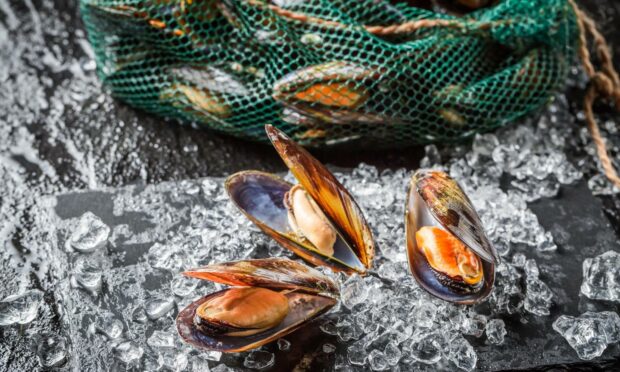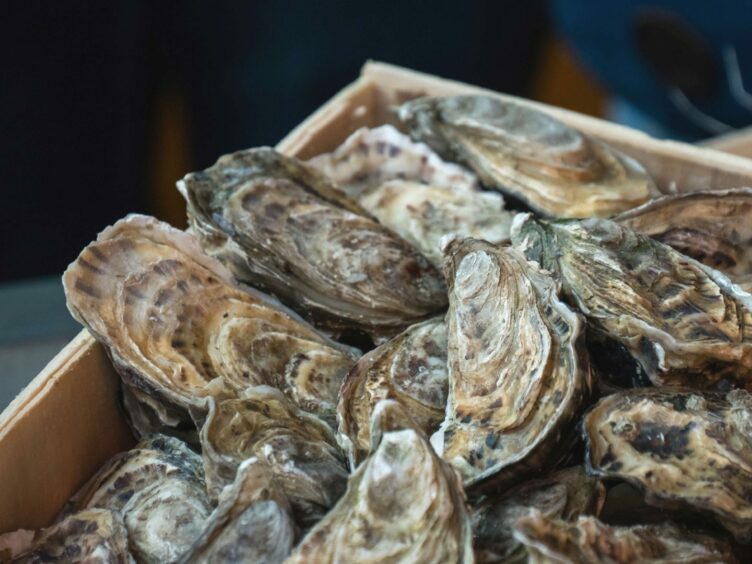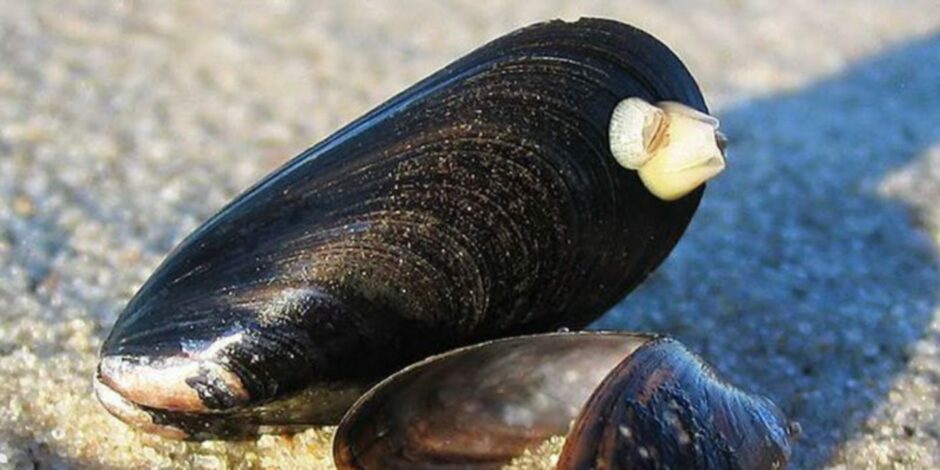Scottish researchers are developing a PCR test for oysters and mussels.
The term PCR, which stands for polymerase chain reaction, has entered everyday language as one of the methods for testing people for Covid-19.
But the technique is more widely used as a test to detect genetic material from a specific organism, such as a virus.
Aquaculture researchers are developing a PCR method that will help detect the presence of a range of diseases and biofouling species affecting oysters and mussels.
It is hoped the project will deliver a significant boost to the health and wellbeing of shellfish.
Shellfish growers are often smaller businesses, which makes it all the more important the testing equipment is readily available, easy to use, and affordable.”
Tin Bean, the Roslin Institute.
With nearly £200,000 of funding from the Seafood Innovation Fund and the Sustainable Aquaculture Innovation Centre (SAIC), Edinburgh University’s Roslin Institute will build a validated testing system that allows oyster growers to proactively test for Bonamia ostreae – a common and potentially fatal disease that is otherwise difficult to detect.
The 15-month project will also receive support from companies and organisations across the oyster farming and research sectors, as well as from practitioners looking to restore the shellfish to their native habitats.
The group includes the Association of Scottish Shellfish Growers (ASSG) – the trade body for commercial shellfish cultivation – as well as Stirling University’s Institute of Aquaculture and rewilding organisations such as Blue Marine Foundation.
Once present on a shellfish production site, Bonamia ostreae cannot be eliminated.
Historically, it has been diagnosable only after infection has occurred.
Access to a rapid, cheap, pre-emptive test will help farmers to make more informed decisions on whether to move oysters to different locations, helping to prevent the spread of the disease.
Affordable and easy to use
Designed to be affordable and easy to use for growers, the PCR test will also detect the presence of oyster herpes virus and vibrio bacteria, along with biofouling species such as tube worms.
The project builds on a feasibility study conducted earlier this year, which successfully delivered a proof of concept.
Researcher Tim Bean, of the Roslin Institute, said: “Our project will tip the way we currently diagnose diseases that affect oysters on its head – taking a pre-emptive rather than reactive approach.
“We are bringing together the right technology with the right people to solve some of the shellfish sector’s biggest health challenges and potentially make significant improvements to oyster health.
“This rapid, cheap and simple process will allow farmers and restoration practitioners to make more informed decisions about whether to move animals, optimising biofouling treatments and site selection.
“Shellfish growers are often smaller businesses, which makes it all the more important the testing equipment is readily available, easy to use, and affordable.”
‘Invaluable’
ASSG chief executive Nick Lake said: “The development and use of a proactive testing system will benefit shellfish growers tremendously.
“The industry is pleased to support this further development of techniques that will support our climate change resilience in the coming years.”
SAIC CEO Heather Jones said the new test would be “invaluable”.
She added: “This project is another great example of how collaboration can bring people and technology together to address one of the biggest challenges faced by the shellfish sector.”
Scottish aquaculture project aims to keep parasite-eating fish – and salmon farmers – happy
New-look WiSA launches digital hub to promote diversity in aquaculture












